Nostalgia on Tuesday: Valley of floods
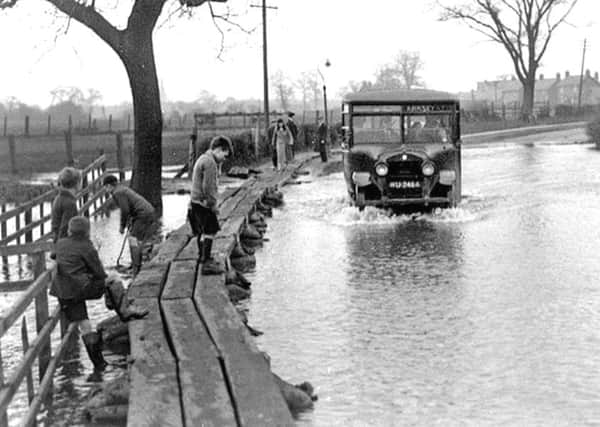

Further major incidents were recorded in 1856, 1861 and 1886. But it was not until the floods of May 1932 that the sheer scale of the problem was grasped when photographers captured heart-breaking images of the swamped areas.
With little warning on May 20, 1932, and after 30 hours of continuous rain, millions of gallons of flood water surged down the Don Valley, submerging acres of low-lying land as rivers burst their banks.
Advertisement
Hide AdAdvertisement
Hide AdOn May 25, 1932, the havoc caused by flooding in the Bentley district was discussed in the House of Commons. Tom Williams, Labour MP for the Don Valley, pressed for remedial measures, and Minister of Health Sir E. Hilton Young said he would co-operate to discover what useful steps could be taken to prevent a repetition of such a state of affairs.
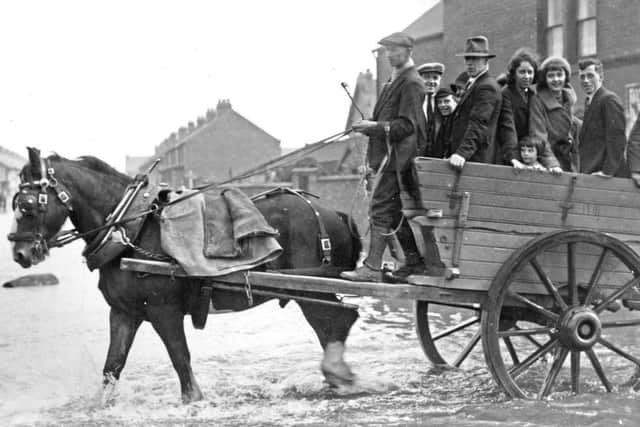

Meanwhile, the plight of the people was pitiable. Forty boats and a motor boat, as well as rafts, were utilised as rescue vessels and in some cases, especially for children and the elderly, ladders had to be used to get them to safety. Initially, people were reluctant to abandon their homes, but as their predicament worsened, many had no alternative but to leave.
In the House, Tom Williams asked Hilton Young for information about the number of people rendered homeless and the accommodation provided for them. He also wanted to know what steps were being taken to relieve the local authority of the extraordinary burdens resulting from these periodic floods.
Young replied: “I understand that flooding at Bentley has been serious and that about 4,000 people were evacuating their homes. Many will go to friends, and the local authority, with the co-operation of the county council, are making arrangements for the accommodation of the others. As regards the last part of the question, I understand that the various land drainage authorities are considering remedial measures with a view to the prevention of similar floods in future.”
Advertisement
Hide AdAdvertisement
Hide AdOn May 27, 1932, torrential rain caused the River Don to rise another three feet. With rain continuing to fall during the following day, there was further anxiety that it could rise much higher. In an appeal, officials of the Bentley Flood Distress Fund, which was quickly established, stated that about 1,000 houses were inundated. Farmsteads and thousands of acres of land were submerged with one farmer and his staff working tirelessly to rescue his herd of more than 1,000 livestock.
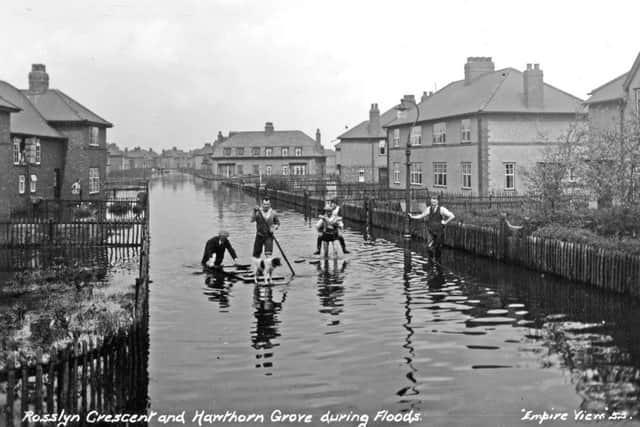

Appeals were made on May 31 for the Government to give financial assistance towards a scheme for the drainage of the area, but Sir John Gilmour (the Minister of Agriculture) declined to give any definite promise of such support.
Hugh Molson (Conservative, Doncaster) raising the question of the floods in the House, urged the need for immediate steps to be taken to deal with this problem. Stressing the suffering and loss caused to those residing in the district, he added that 500 men, women and children were housed in schools.
Bentley colliery, the source of livelihood for many of the area’s men, was flooded as far as the pithead, and there were fears that the pit itself could flood.
Advertisement
Hide AdAdvertisement
Hide AdMolson stated Bentley and Arksey people were able to bear with fortitude what might be properly be called an Act of God. They had been tried with the ordeal of fire and water, but when twice in nine months they had suffered an avoidable fate, that was the limit of human patience. Rainfall was not so abnormal that it could not have been predicted. Ever since the previous November, Molson had been pressing on the Ministry the risk of another flood.
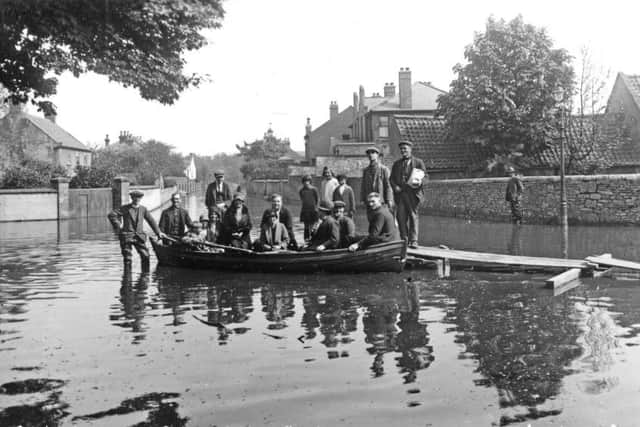

About £250,000 was necessary to clear out the lower Don, and even if the Doncaster Drainage Board had the means of finding the cash there was the further problem that flood water was contributed by corporations higher up the river.
The simple and fair solution would be to transfer the lower Don to the Ouse Catchment Board, which was responsible for the upper reaches of the river and which had funds. But it could only be done with the co-operation and assistance of the Ministry of Agriculture.
Molson said he had received a telegram from the Doncaster Drainage Board saying that all they could do at present was to spend £500 on remedial work.
Advertisement
Hide AdAdvertisement
Hide AdTom Williams supported Molson’s appeal for a solution. He told the Commons how they had been out in a boat on Sunday night, May 29, and had gone down roads and across fields without seeing the hedge-tops. It was an appalling disaster for the farmers.
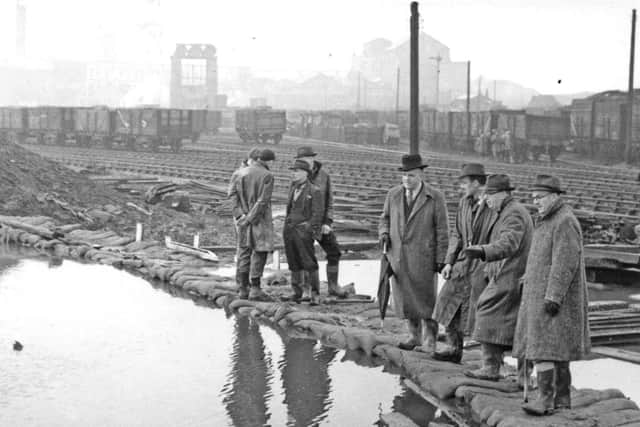

On June 24, 1932, it was finally announced that after three weeks of pumping, Bentley was clear of water. At Bentley Toll Bar, the worst flooded district, workmen were clearing away filth which extended to a height of three or four feet in the houses.
In spite of all the promises and solutions put forward in the months and years afterwards, Bentley and district was under water again in 1941 and 1948. Better flood defences were put in place afterwards and for a time locals thought the nightmare was over at last. But it wasn’t; floods returned in 2007. Making headline news, the flood-hit area was visited by a number of government officials and Prince Charles toured the submerged areas in a boat.
It was around 18 months before things got back to normal in the Bentley district and more flood defences have been put in place. But could it happen again? Surely not after all these well-documented incidents stretching back to the late 17th century.